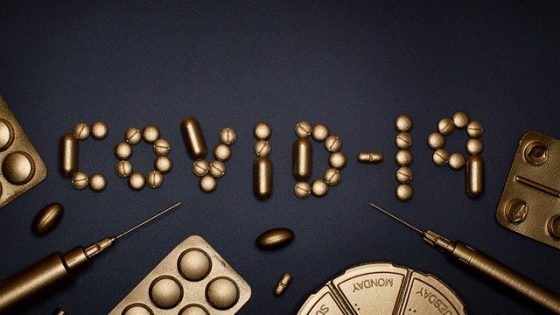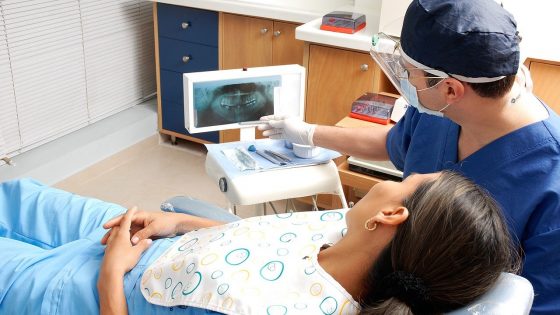conditionally reprogrammed cell
A type of cell grown in the laboratory from samples of normal cells or cancer cells from patient tissue. These cells can be kept alive for as long as needed and grown to large numbers. The cells are treated with substances that cause them to resemble stem cells (cells from which other types of cells develop) and grow rapidly. Under certain conditions, conditionally reprogrammed cells can be made to look and act like the original tissue or specific type of tumor from which they came. They are used to study how cancers and other diseases form, and to test new drugs and other types of treatment before they are given to people. Also called CRC.
conditioned response
A type of learning in which repeated exposure to something may affect a person’s behavior when they encounter an unrelated object, sound, or smell that occurred at the same time as the initial exposure. For example, a patient who always feels sick after receiving chemotherapy in a clinic that smells a certain way may be conditioned to feel sick when smelling the same odor in a different place.
conditioned stimulus
A situation in which one signal, or stimulus, is given just before another signal. After this happens several times, the first signal alone can cause the response that would usually need the second signal.
conditioning regimen
The treatments used to prepare a patient for stem cell transplantation (a procedure in which a person receives blood stem cells, which make any type of blood cell). A conditioning regimen may include chemotherapy, monoclonal antibody therapy, and radiation to the entire body. It helps make room in the patient’s bone marrow for new blood stem cells to grow, helps prevent the patient's body from rejecting the transplanted cells, and helps kill any cancer cells that are in the body.
condyloma
A raised growth on the surface of the genitals caused by human papillomavirus (HPV) infection. The HPV in condyloma is very contagious and can be spread by skin-to-skin contact, usually during oral, anal, or genital sex with an infected partner. Also called genital wart.
condyloma acuminata
A raised growth on the skin around the outside of the anus caused by human papillomavirus (HPV). HPV can spread by skin-to-skin contact, usually during oral, anal, or genital sex with an infected partner. Condyloma acuminata often appear as small, light brown, gray, or skin-colored bumps that may be clumped together. They are usually painless but can grow large and cause itching and bleeding. Sometimes condyloma acuminata do not cause any symptoms, so a person may not know they have them. Condyloma acuminata may come back after treatment. People who have had condyloma acuminata have an increased risk of developing anal cancer. Also called perianal wart.
cone biopsy
A procedure in which a cone-shaped piece of abnormal tissue is removed from the cervix. A scalpel, a laser knife, or a thin wire loop heated by an electric current may be used to remove the tissue. The tissue is then checked under a microscope for signs of disease. Cone biopsy may be used to check for cervical cancer or to treat certain cervical conditions. Types of cone biopsy are LEEP (loop electrosurgical excision procedure) and cold knife conization (cold knife cone biopsy). Also called conization.
confirmatory clinical trial
A study that confirms how well a new treatment works after it was shown in early-phase clinical trials that it might be beneficial for patients. New drugs that are given an accelerated approval by the U.S. Food and Drug Administration (FDA) to treat a serious or life-threatening disease, such as cancer, are required to be tested in a confirmatory clinical trial. This is done to verify that they really work when they are tested on many more people in a randomized study. The FDA may remove a drug from the market if a confirmatory clinical trial shows that the drug is not beneficial for patients.
congenital
A condition or trait present at birth. It may be the result of genetic or non-genetic factors.













